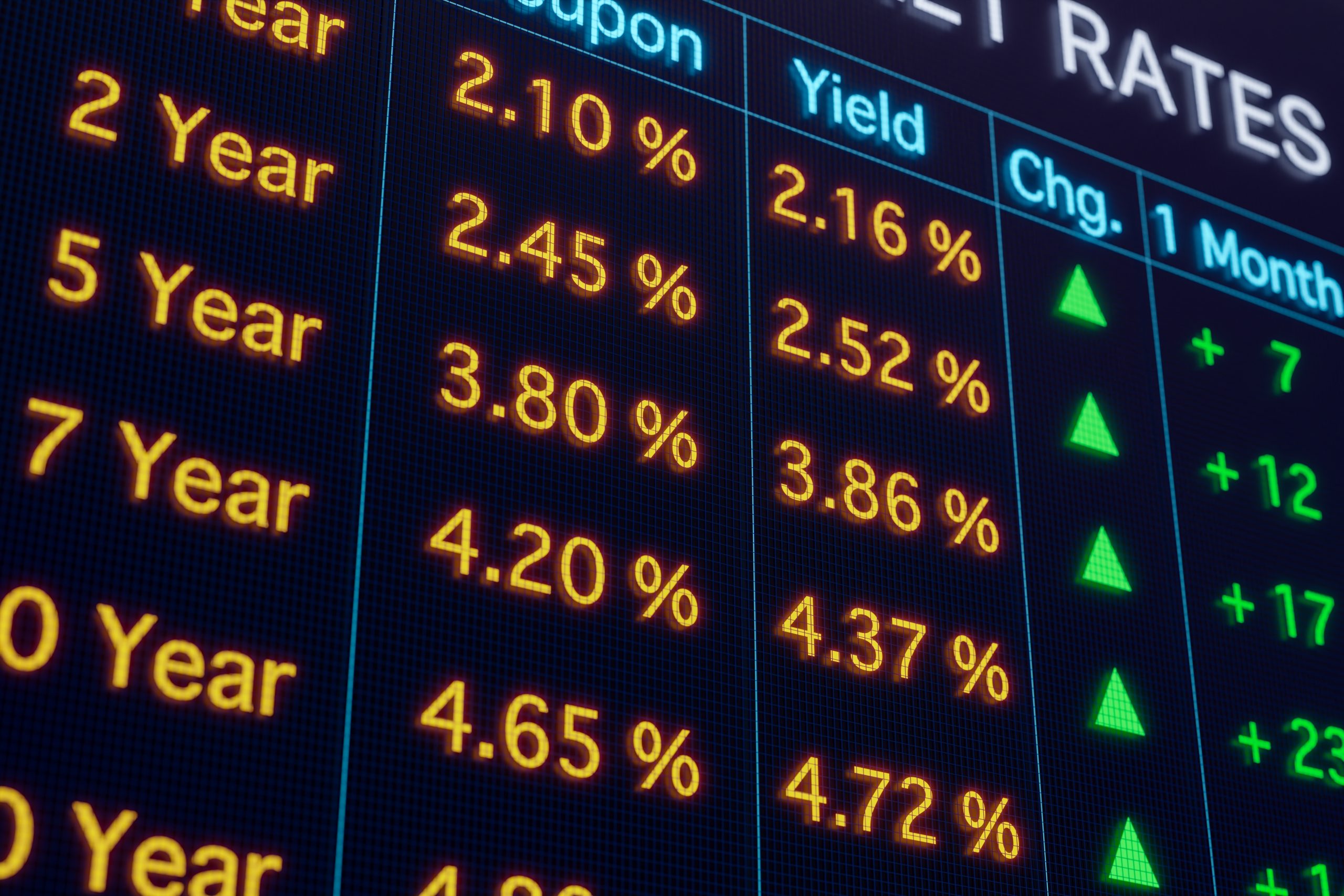Short Options Win Big After Tesla Earnings

Riding a trend higher or lower defines momentum (i.e., “momo”) trading and investing.
And while 2020 has seen its fair share of crazy rides, Tesla (TSLA) has arguably been the most prominent, with the stock soaring over 250% so far this year.
Who’d have guessed that a shutdown of the global economy would unlock so much potential for the company?
Move over Bitcoin, there’s a new momo sheriff in town.
It may seem like Tesla always takes the spotlight, but this past week was special because it included Tesla’s Q2 earnings release. This earnings announcement was notable because Tesla was gunning for its fourth straight quarter of profitability—an important financial hurdle that would theoretically qualify the company for possible inclusion in the S&P 500.
Beyond that, investors and traders seemed eager to see whether earnings would disappoint and trigger a big correction in the stock, or whether information released on the earnings call might send it soaring even higher.
Anxiety surrounded the earnings event, and the options market provided clear evidence that a big move in the stock could occur immediately after the announcement, which was scheduled for late afternoon July 22.
Investors and traders often use the price of option straddles to estimate the percentage move the market anticipates for an earnings event; providing insight into the expected volatility of the stock.
A straddle position typically involves an at-the-money (ATM) call and put that shares the same expiration date. When those options are sold simultaneously, the associated position is referred to as a “short straddle,” and when both are purchased, it’s a “long straddle.”
On July 22, the day of Tesla’s earnings announcement, the weekly expiration straddle (expiring July 24) closed the day priced at $211.73.
That meant owners of the straddle would need Tesla stock to move by more than $211.73 in the next two trading days to make a profit on the position—a move of at least 13% ($211.73/$1,592.33 = 13%). Sellers taking the other side of that position would be hoping for anything less.
The monthly expiration straddle (Aug. 21), also including the Q2 earnings announcement, was priced at $379.33 ($1,590 strike), implying a 23% move—albeit over a longer period.
After the close on July 22, Tesla announced it had booked a profit in Q2. In the after-market, the stock initially traded higher, but on July 23, the stock reversed course and closed the day at $1,513.07, or down 5%.
With the July weekly earnings straddle priced for a 13% move, that made for a tough day for long straddle holders.
At the end of the trading day on July 23, the Tesla weekly straddle closed at a price of $123.03, which was $88.70 less than the day before ($211.73 – $123.03 = $88.70). Moreover, the Aug. 21 monthly expiration straddle, which had been priced at $379.33, declined to $273.59, a difference of $105.74.
Market participants who sold the weekly expiration straddle before earnings therefore stood to make $8,870.00 for every straddle sold, assuming they opened the position at the end of the day on July 22 and closed it at the end of the day on July 23. For sellers of the August monthly straddle, that amount increased to $12,303.00.
One day of trading was left on the July 24 expiration weekly options, meaning traders who didn’t close the position on July 23 were still exposed on Friday to any moves of significance. The same goes for monthly straddle traders, except those don’t expire until Aug. 21.
Plenty of additional Tesla opportunities will arise for long and short players alike, but in terms of Q2 earnings the short volatility players notched a big win.
To learn more about trading earnings using option straddles, readers can review this previous installment of Market Measures on the tastytrade financial network when scheduling allows.
“Sage Anderson” is a pseudonym for a contributor who has traded equity derivatives and managed volatility-based portfolios as a prop trading firm employee. He is not an employee of Luckbox, tastytrade or any affiliated company. Readers may direct questions about this blog post, or any other trading-related subject, to support@luckboxmagazine.com.




















